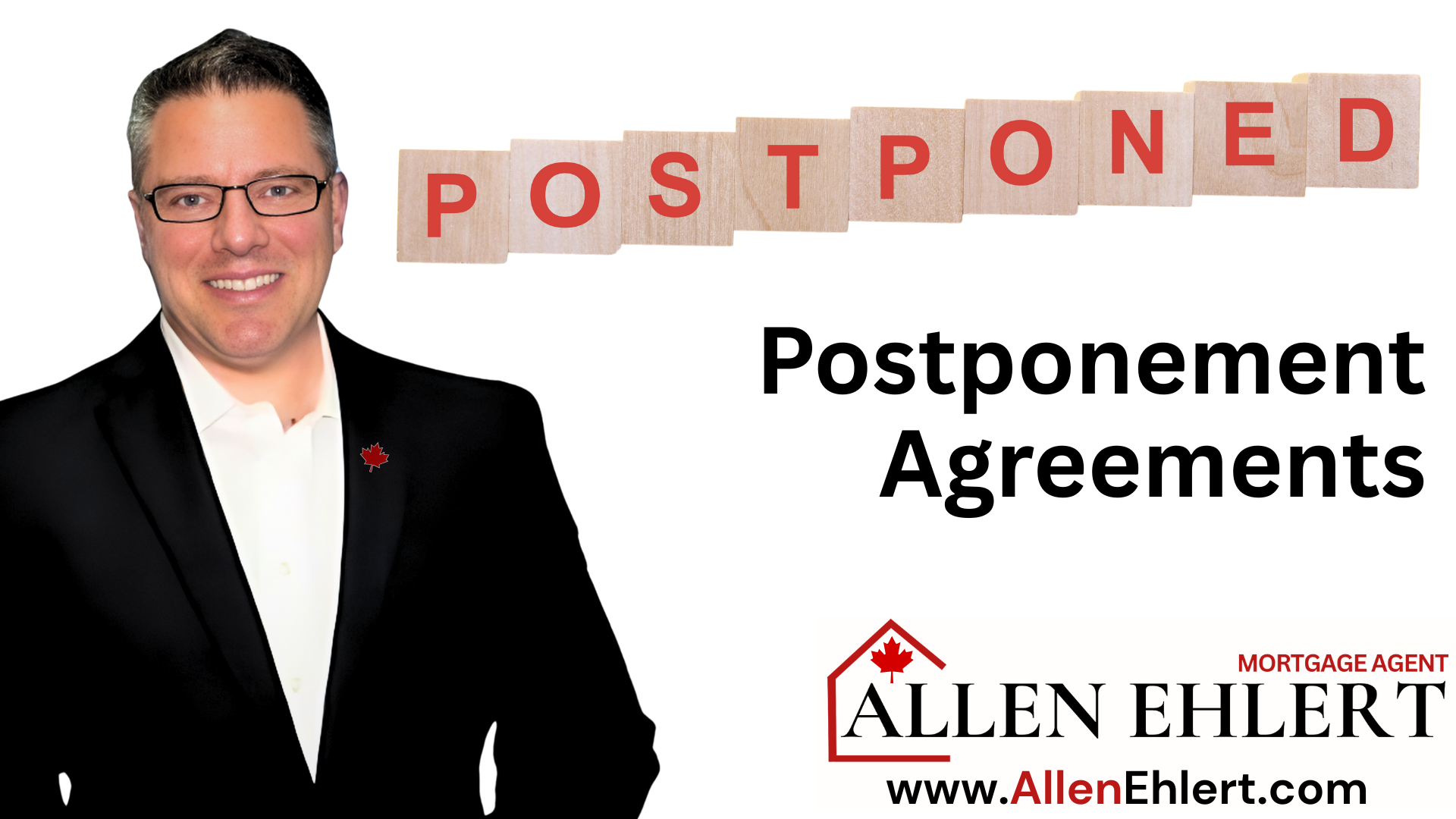Canada is no stranger to natural disasters. From wildfires in British Columbia to severe floods in Ontario and Quebec, extreme weather events are becoming more frequent and costly. Beyond their immediate devastation, these disasters also have long-term economic consequences, particularly on inflation and housing affordability. Recent research from the Bank of Canada sheds light on how natural disasters impact inflation at both the provincial and national levels, revealing a complex and evolving economic challenge.
The Inflationary and Deflationary Effects of Natural Disasters
Natural Disasters and Housing Affordability
The Challenge for Central Banks
How Homeowners and Buyers Can Prepare
The Inflationary and Deflationary Effects of Natural Disasters
The Bank of Canada’s latest analytical note, Natural Disasters and Inflation in Canada (2025-8), explores how different types of disasters influence inflation across provinces. The findings show that natural disasters can increase short-term inflation volatility and have varied long-term effects on shelter costs. Key takeaways include:
- Floods drive inflation upward: After a flood, inflation excluding food and energy tends to rise, largely due to higher shelter costs. Displaced households increase demand for temporary housing, pushing up rents. Additionally, the cost of home repairs and insurance premiums rise, adding further inflationary pressure.
- Summer storms can reduce inflation: In periods of weak economic growth, summer storms tend to lower inflation by damaging property values and reducing spending on non-essential goods and services. However, in strong economies, inflation may increase due to higher repair costs.
- Wildfires lower inflation in weak economies: When GDP growth is below trend, wildfires can reduce inflation, primarily through falling rent prices and delayed home repairs. However, in the long term, replacement costs and insurance premiums tend to increase.
- Winter storms create short-term inflation: These storms can drive inflation up temporarily, mainly due to rising energy costs and increased demand for household repairs. However, in weak economic conditions, homeowners may delay maintenance, leading to lower shelter cost inflation over time.

Natural Disasters and Housing Affordability
For homeowners, prospective buyers, and investors, these economic forces create both challenges and opportunities:
- Higher Home Insurance Costs – Increased disaster frequency leads to higher premiums and stricter underwriting criteria, making insurance more expensive and harder to obtain in high-risk areas.
- Fluctuating Property Values – Homes in disaster-prone regions may see fluctuating values as risks and insurance costs rise. Some areas may become less attractive for buyers, leading to long-term depreciation.
- Mortgage Market Impacts – Rising inflation due to disasters can influence interest rate decisions by the Bank of Canada. When disasters increase inflationary pressures, the central bank may adopt a more aggressive stance on interest rates, making mortgages more expensive.
- Demand Shifts in the Housing Market – With more Canadians aware of climate risks, we may see increased demand for homes in lower-risk areas, shifting investment patterns in real estate.
The Challenge for Central Banks
One of the most significant implications of this research is the difficulty natural disasters create for monetary policy. The Bank of Canada targets a stable inflation rate, but disasters introduce volatility that makes it harder to achieve this goal. The study found that while natural disasters are often inflationary, they can also be deflationary in periods of economic weakness, complicating policy responses.
Moreover, shelter inflation—one of the most difficult components of CPI to control—is particularly sensitive to natural disasters. Rising insurance costs, increased demand for repairs, and displaced households all contribute to inflation in ways that traditional monetary policy tools may struggle to manage.

How Homeowners and Buyers Can Prepare
Given these risks, Canadians should take proactive steps to protect themselves:
- Review Your Home Insurance – Ensure your coverage is adequate for climate-related risks and consider additional protection if you live in a high-risk area.
- Lock in a Fixed Mortgage Rate – With inflation volatility on the rise, a fixed-rate mortgage can provide financial stability.
- Assess Disaster Risks When Buying – Consider climate resilience when purchasing a home, looking at flood zones, wildfire risks, and insurance availability.
- Work With Experts – Mortgage agents, financial planners, and real estate professionals can help navigate the complex landscape of disaster-related financial risks.

Final Thoughts
The intersection of natural disasters and inflation is an increasingly critical issue in Canada’s economic landscape. As climate risks grow, their impact on housing, insurance, and interest rates will become more pronounced. Understanding these dynamics is essential for homeowners, buyers, and policymakers alike.
If you have questions about how inflation and climate risks impact your mortgage or financial planning, reach out today. Proactive strategies can help you stay ahead in an uncertain economic environment.












